Ransomware now strikes one in 40 organisations per week, Check Point finds
VARs, systems integrators, and distributors saw a 143% year-on-year increase in attacks during Q2
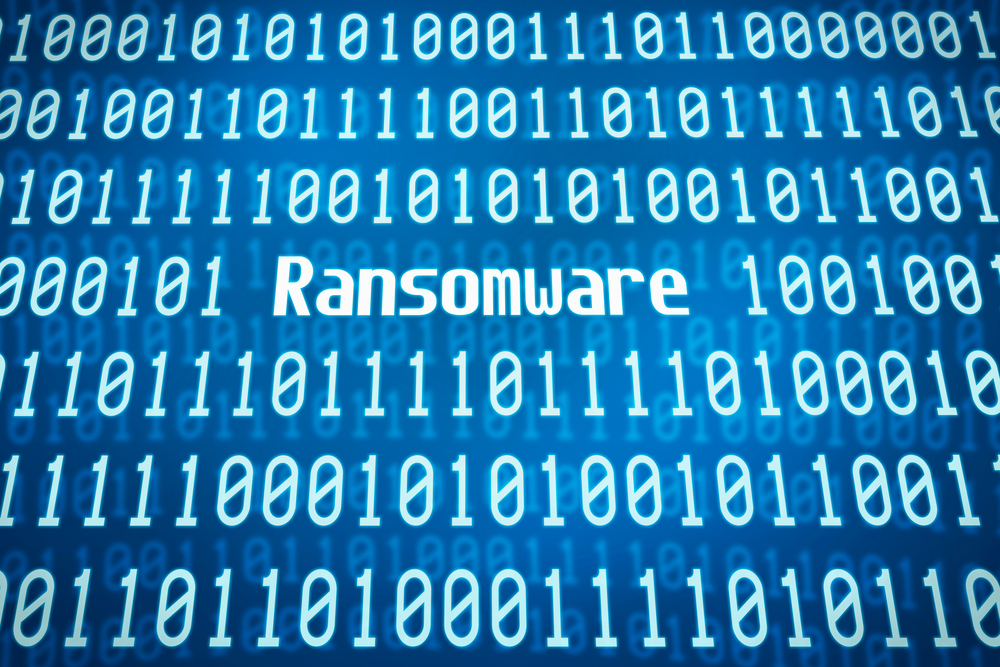

Ransomware attacks now impact one in 40 organisations every week, the latest data from Check Point Research (CPR) has found.
Incidents have risen 59% year-on-year from one in 64 organisations being affected in Q2 2021, due to a combination of higher geopolitical tensions, an increase in remote working, as well as a willingness of organisations to pay the cost of the ransom, CPR said.
RELATED RESOURCE
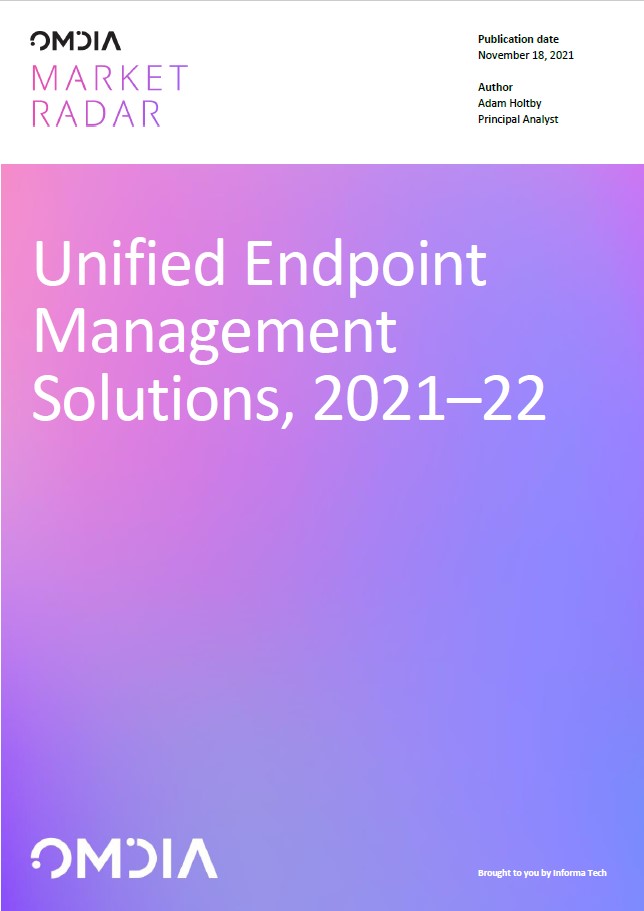
Across the wider landscape, the second quarter of 2022 saw cyber-attacks hit an all-time high, increasing by 32% when compared to Q2 2021.
“Ransomware attacks are showing no signs of slowing down,” commented Omer Dembinsky, Data Group Manager at Check Point Software.
“Hackers are leveraging the increase in attack surface from remote work and learning, and the war between Ukraine and Russia also helps drive the proliferating trend, as geopolitical tensions rising inspires hackers to take sides.”
Distributors targeted
In terms of industry, the data paints a concerning picture for VARs, systems integrators, and distributors. During Q2, the sector saw a 143% increase in ransomware attacks when compared with the same period of last year – equating to one in 47 organisations affected per week.
That hike was only topped by the Retail and Wholesale sector’s jump of 182%, while Government and Military saw the third highest increase at 135%.
Stay up to date with the latest Channel industry news and analysis with our twice-weekly newsletter
The Education and Research sector was found to be the most attacked industry worldwide, taking an average of 2,300 attacks per organisation every week (up 53%). Government and Military came in second, with 1,620 attacks (+44%), followed by ISPs and MSPs which racked up 1,397 (+29%).
Elsewhere, the healthcare sector saw a huge 60% hike to 1,342 attacks per organisation every week, CPR found.
“The willingness of organisations to meet ransomware demands to protect patients has proved the business of ransomware to be highly lucrative. Hence, we see that hackers are continuing to invest resources in going after healthcare organisations,” Dembinsky continued.
By region, Africa was the most attacked during Q2, peaking at 1,758 weekly attacks per organisations (up 3%), followed by Asia’s 1,684 (+25%), and Latin America’s 1,602 (+29%).
Prevention
Check Point reiterated that ransomware attacks are often the result of poor employee training and bad habits. The firm underlined preventative measures such as regularly backing up data, having a proactive strategy, employing content scanning and filtering, as well as keeping systems up to date.
“We strongly recommend organisations everywhere to take note of our ransomware prevention tips, such as backing up data, keeping systems up to date, and training employees on awareness,” Dembinsky added.
Dan is a freelance writer and regular contributor to ChannelPro, covering the latest news stories across the IT, technology, and channel landscapes. Topics regularly cover cloud technologies, cyber security, software and operating system guides, and the latest mergers and acquisitions.
A journalism graduate from Leeds Beckett University, he combines a passion for the written word with a keen interest in the latest technology and its influence in an increasingly connected world.
He started writing for ChannelPro back in 2016, focusing on a mixture of news and technology guides, before becoming a regular contributor to ITPro. Elsewhere, he has previously written news and features across a range of other topics, including sport, music, and general news.
-
 Gender diversity improvements could be the key to tackling the UK's AI skills shortage
Gender diversity improvements could be the key to tackling the UK's AI skills shortageNews Encouraging more women to pursue tech careers could plug huge gaps in the AI workforce
-
 Researchers claim Salt Typhoon masterminds learned their trade at Cisco Network Academy
Researchers claim Salt Typhoon masterminds learned their trade at Cisco Network AcademyNews The Salt Typhoon hacker group has targeted telecoms operators and US National Guard networks in recent years
-
 15-year-old revealed as key player in Scattered LAPSUS$ Hunters
15-year-old revealed as key player in Scattered LAPSUS$ HuntersNews 'Rey' says he's trying to leave Scattered LAPSUS$ Hunters and is prepared to cooperate with law enforcement
-
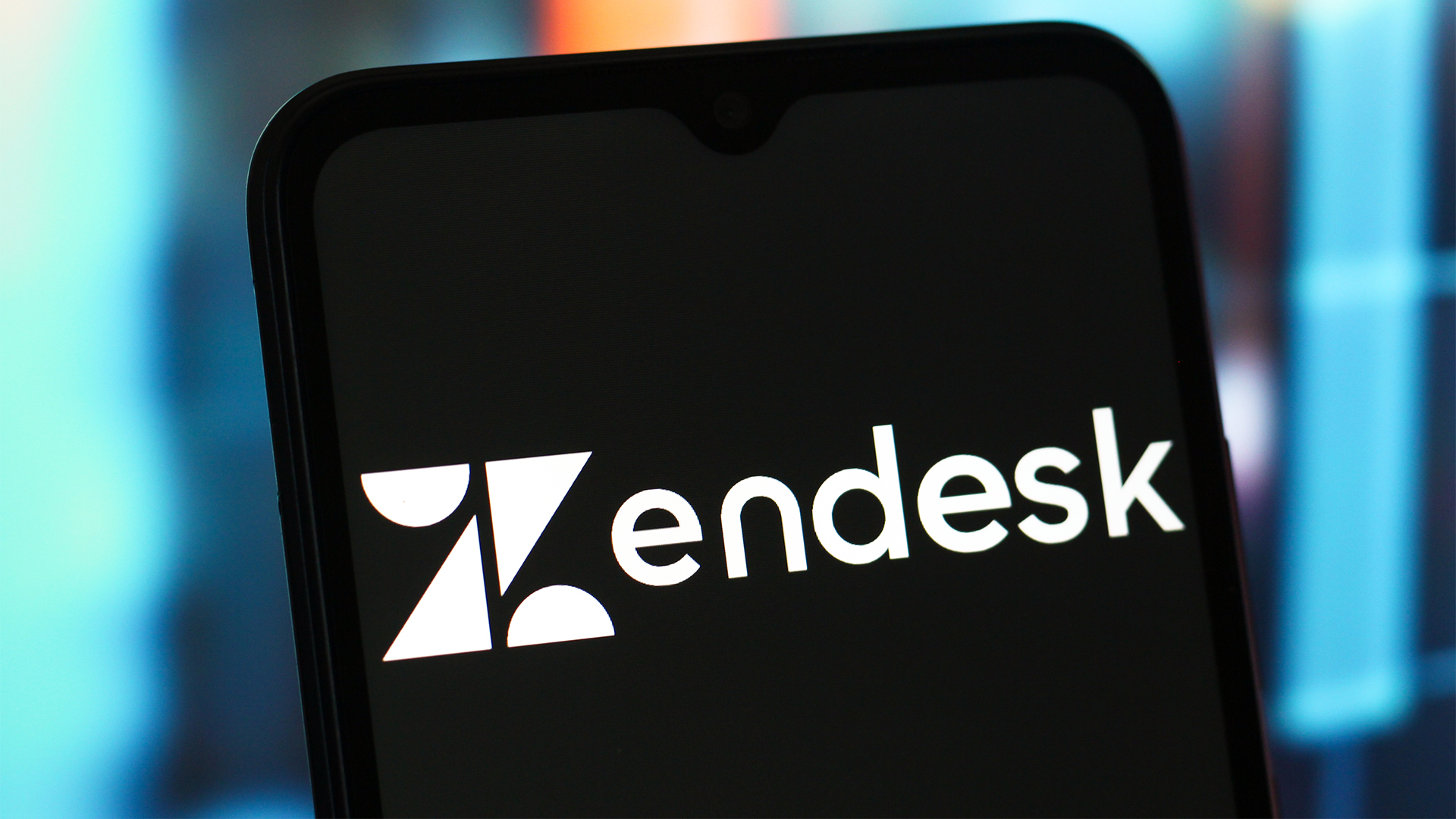 The Scattered Lapsus$ Hunters group is targeting Zendesk customers – here’s what you need to know
The Scattered Lapsus$ Hunters group is targeting Zendesk customers – here’s what you need to knowNews The group appears to be infecting support and help-desk personnel with remote access trojans and other forms of malware
-
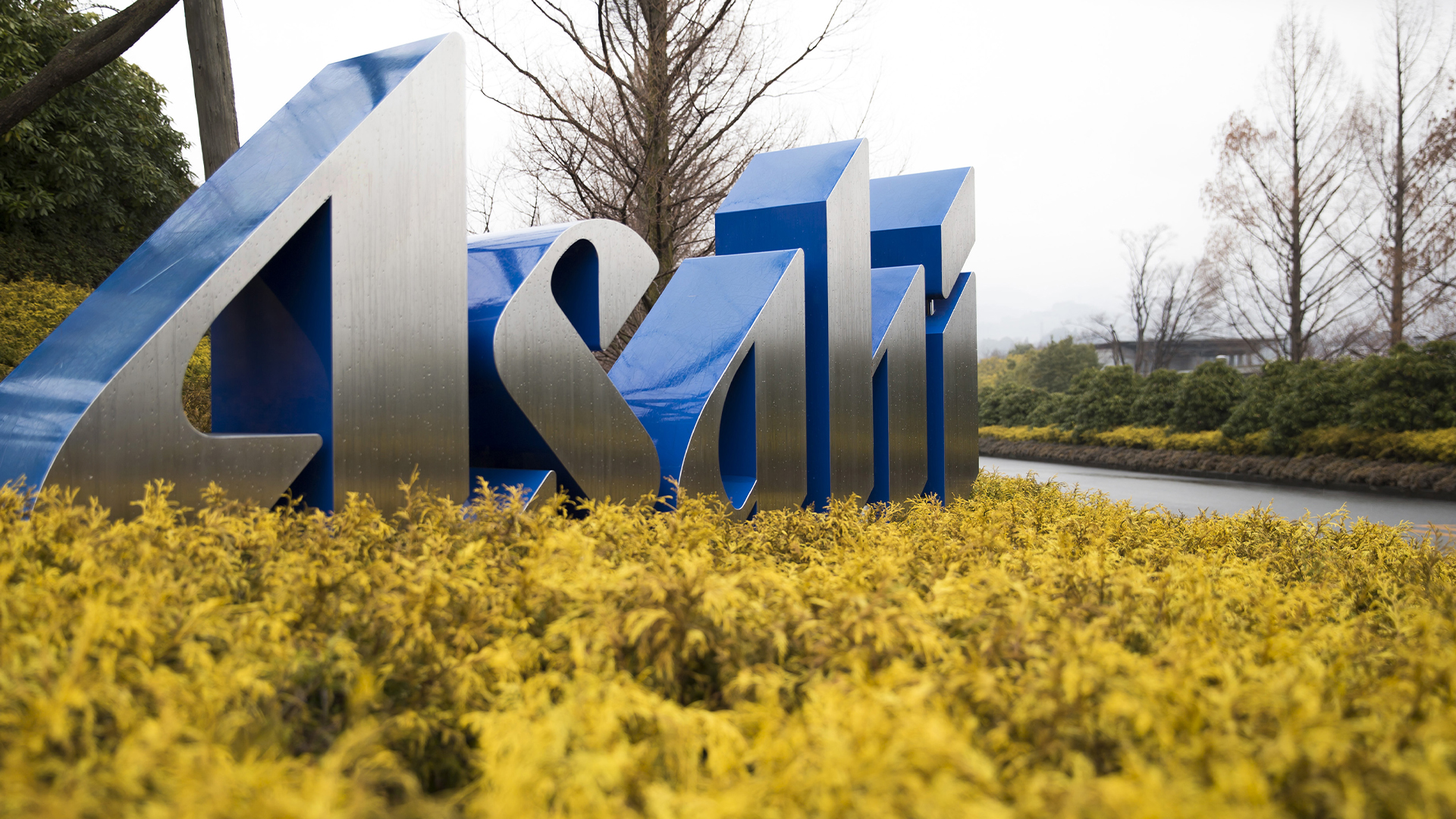 Impact of Asahi cyber attack laid bare as company confirms 1.5 million customers exposed
Impact of Asahi cyber attack laid bare as company confirms 1.5 million customers exposedNews No ransom has been paid, said president and group CEO Atsushi Katsuki, and the company is restoring its systems
-
 The US, UK, and Australia just imposed sanctions on a Russian cyber crime group – 'we are exposing their dark networks and going after those responsible'
The US, UK, and Australia just imposed sanctions on a Russian cyber crime group – 'we are exposing their dark networks and going after those responsible'News Media Land offers 'bulletproof' hosting services used for ransomware and DDoS attacks around the world
-
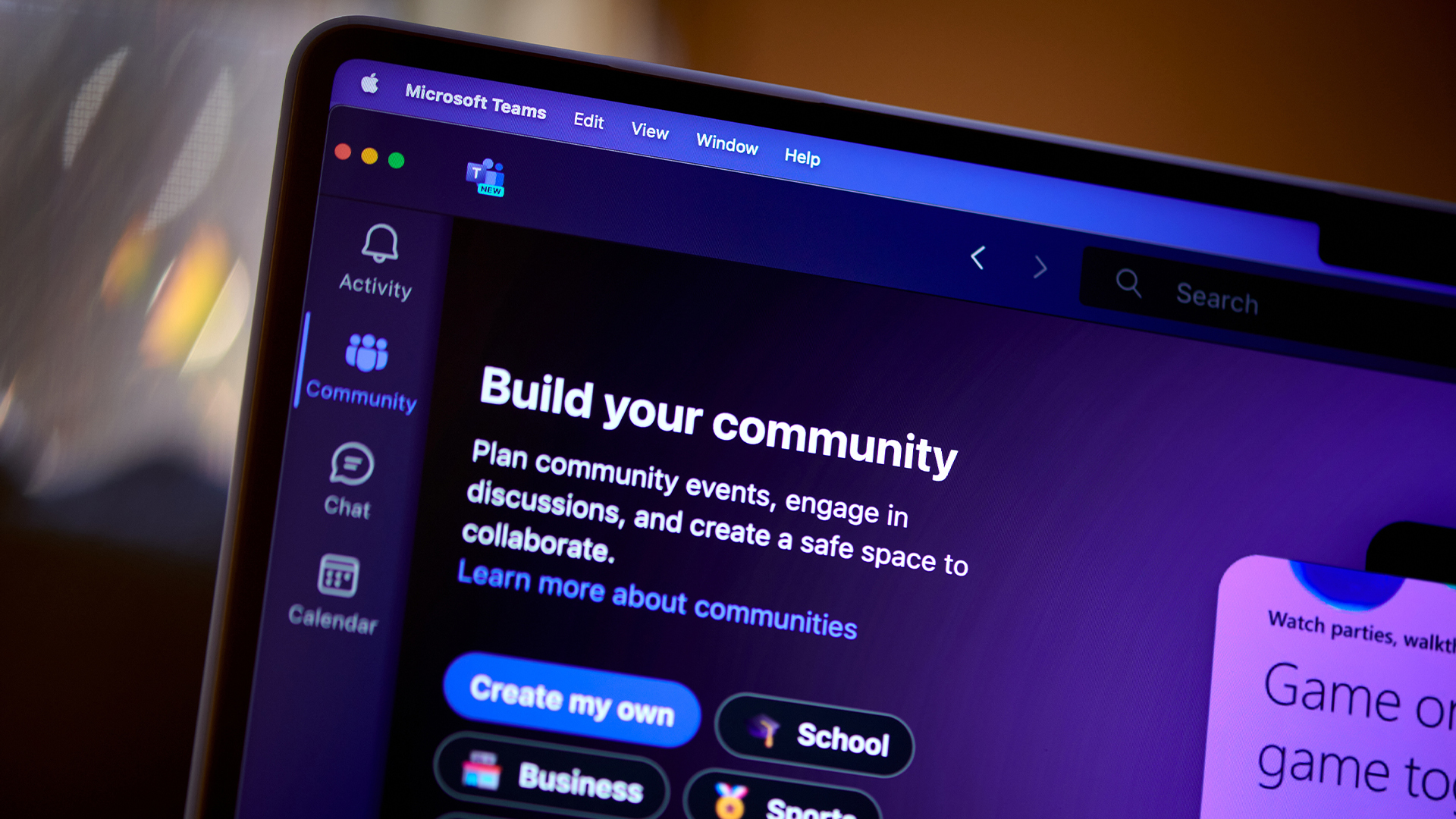 A notorious ransomware group is spreading fake Microsoft Teams ads to snare victims
A notorious ransomware group is spreading fake Microsoft Teams ads to snare victimsNews The Rhysida ransomware group is leveraging Trusted Signing from Microsoft to lend plausibility to its activities
-
 Volkswagen confirms security ‘incident’ amid ransomware breach claims
Volkswagen confirms security ‘incident’ amid ransomware breach claimsNews Volkswagen has confirmed a security "incident" has occurred, but insists no IT systems have been compromised.
-
 The number of ransomware groups rockets as new, smaller players emerge
The number of ransomware groups rockets as new, smaller players emergeNews The good news is that the number of victims remains steady
-
 Teens arrested over nursery chain Kido hack
Teens arrested over nursery chain Kido hacknews The ransom attack caused widespread shock when the hackers published children's personal data
